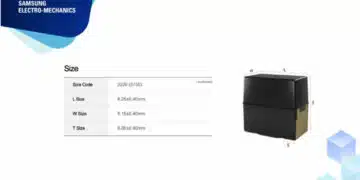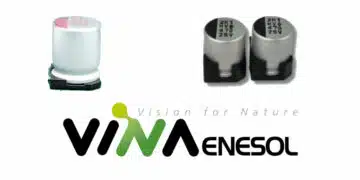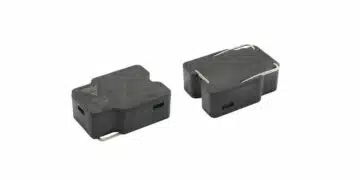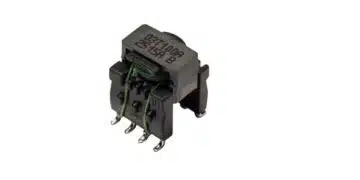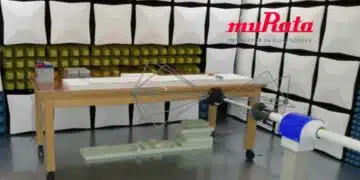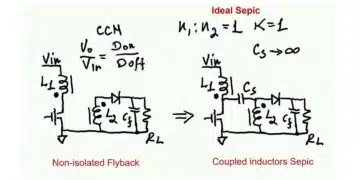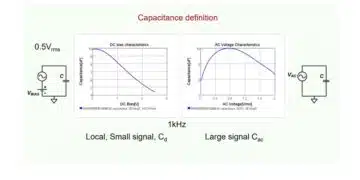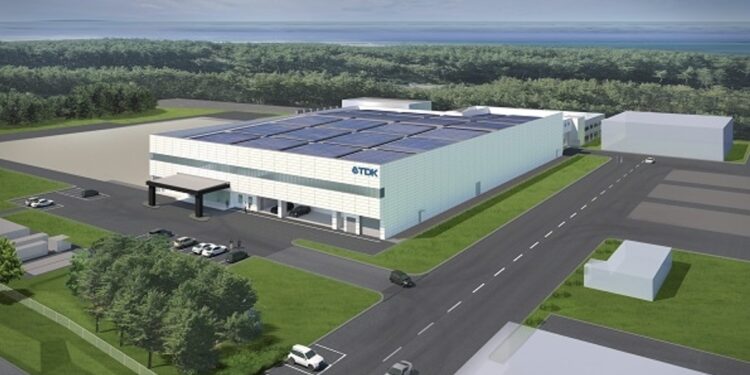TDK has decided to build new factory in Japan with the target to strengthen the development and volume production of groundbreaking electronic components by harnessing its core competences of magnetic material technology and plating technology. The new site will enable TDK to accelerate its customer service and launch new products quicker to the market.
TDK Corporation announces that it has decided to build “the Inakura Factory West Site” in Nikaho City, Akita Prefecture, Japan. The new factory will be a new production facility for electronic components. Construction of the first phase will begin in April 2022.
Thanks to two historic changes, Digital transformation (DX), utilizing IoT, AI and other technologies; and Energy transformation (EX), including through the expanded use of renewable energy, the importance of electronic components and devices is reaching unprecedented heights. TDK will accelerate its efforts in DX and EX, by keeping its sights not only on its customers but on the end consumer as it strives to offer technology that can contribute to a better future of everyone. With evolving electronics equipment and applications, demand for electronics components is increasing globally, and there is a growing need for electronic components manufacturers to respond to this trend in a timely manner.
In addition, the factory plans to operate its electricity needs with 100% renewable energy. TDK’s electronic components business has been aggressive in introducing renewable energy, such as the use of geothermal power generation in Iceland. The new factory will also be an eco-friendly facility that incorporates an energy management system that brings together TDK’s power generation and storage technologies. It will also help reduce CO2 emissions.
TDK will also respond to the labor shortage that have confronted the domestic manufacturing industry in Japan in recent years and build a futuristic factory that also achieves labor saving in production processes.
The construction of this factory is TDKs first step to continue to bolster its production capabilities for electronic components in line with the corporate growth strategy in the Akita/Shonai area, centered on the existing TDK Electronics Factories (Yurihonjo City, Akita Prefecture). Moreover, sustainable initiatives are underway in the prefecture, such as a town development project as part of regional revitalization and an offshore wind power generation project. TDK will actively participate in these initiatives to revitalize the entire Akita/Shonai area.
Overview of the new factory
TDK Inakura Factory West Site Phase 1 Construction (tentative name)
| 1. Construction site | : 4-3 Tateishi, Kisakatamachi, Nikaho City, Akita Prefecture |
| 2. Total floor area | : Approx. 13,000 m2 (total site area: approx. 36,000 m2) |
| 3. Building structure | : 2 stories |
| 4. Main businesses | : Development and manufacture of newly developed plating process application products (non-contact power supply coil module, NFC coil, etc.) |
| 5. Construction start date | : April 2022 (plan) |
| 6. Completion date | : April 2023 (plan) |
| 7. Mass production start date | : September 2023 (plan) |


